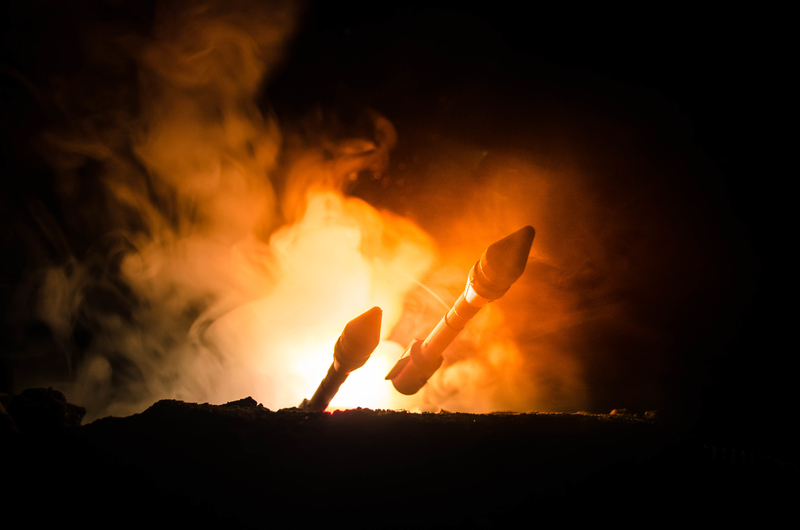Nuclear weapons are more prevalent and in the possession of more unstable regimes, worldwide, than ever before – even during the Cold War.
That means you have to incorporate the aftermath of a nuclear strike into your everyday survival plan; here are some things to think about.
What to take
Firstly, grab your bugout bag. You’ll need all the stuff in there, so it’s a sensible place to start. Even if you don’t have time to collect anything else, it’s worth having. The chances are it doesn’t contain anything that’s going to protect against fallout, though, so there’s some other gear you should prioritize.
Fallout emits alpha and beta radiation. This isn’t electromagnetic radiation like the gamma and hard X-rays released by the explosion itself; they’re particles. Alpha particles don’t penetrate well; in fact they’re stopped by normal clothing, a sheet of paper or even the layer of dead cells on top of your skin. On the other hand, if they do make it into your body they’re incredibly damaging. If you inhale fallout, or get it in an open would or burn, the alpha radiation can attack your body.
Protective clothing
If you’re moving around once fallout starts coming down, but before its radiation has had time to decay, some kind of mask is absolutely essential. A military grade gas mask is the best; a spray painting mask, or even a simple dust mask, will also keep the fallout from being inhaled. An improvised activated charcoal mask will work very well.
If you have goggles, take them with you. Wear them any time you’re exposed to fallout to keep the particles out of your eyes – they can cause a lot of damage there.The other danger from fallout is beta particles. These can penetrate almost an inch of aluminum plate, so your clothes won’t stop them. However, the further away you can keep the fallout from your body the fewer particles will hit you, so you need to keep it off your skin.
A disposable rain poncho or plastic sheet over the top will give even more protection – and it’s worth wearing one even if you don’t have anything else. Pack some in your bugout bag. If you have rain boots wear those. Otherwise consider wrapping your feet in trash bags; again, you can throw these away when you get to shelter. Put gloves on and either put your hood up or wear a hat.
Food and water
Fallout will contaminate water supplies, and boiling is no help at all against radioactivity, so take as much drinkable water with you as you can carry (and if you have a running vehicle, fill it with as many containers as you can; municipal or well water should be safe for at least an hour after the attack).
Boiling won’t remove fallout from water, but filtering will. The water itself won’t become radioactive, so if you can get rid of the dust it will be safe. Pack any water filtration gear you have, so you can make any water you collect safe to drink. If you don’t have anything else several layers of tightly-woven cloth will remove a lot of the fallout, and that’s much better than nothing.
The same goes for food. Sealed cans or packets should be relatively safe, but fresh produce or bread can potentially be contaminated – and eating anything with fallout on it is a very bad idea. In fact any crops that are harvested within a couple of months of the attack are suspect, because they’ll have picked up radioactive chemicals from the soil.
Rely on sealed, processed food for as long as possible – and take as much as you can with you when you leave.
The chances of a nuclear strike are fairly remote – until they are not.
If a strike occurs your chances of survival depend on your location, how quickly you can get to a non-impacted region and how prepared you are to deal with the aftermath.
To learn more about how to deal with a nuclear strike, please visit Ask a Prepper.
